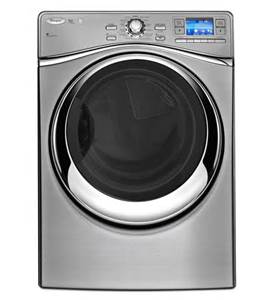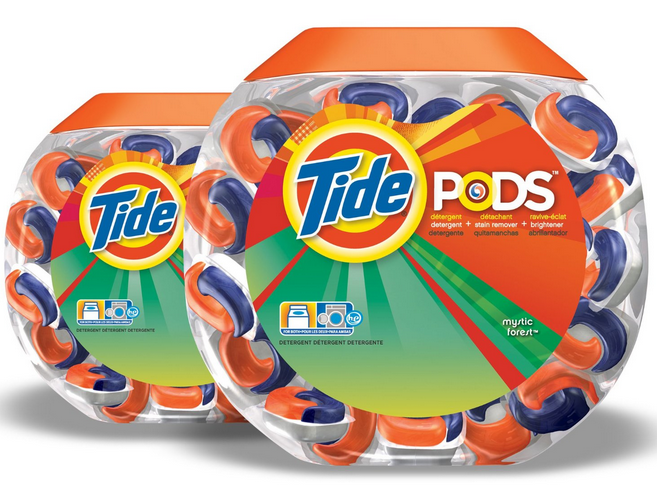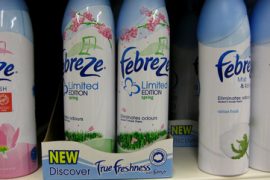Commercial laundry detergents are made with toxins that are hazardous to your health. The symptoms they can cause range from headaches, to rashes, allergies, difficulty breathing to the more extreme such as anaphylaxis, poisoning, neurological disturbances and cancer.

What science reveals about chemicals emitted from fragranced products
This 2008 study of some of the top selling laundry products found that these products emitted nearly 100 different VOC’s. Results of the study showed 58 different volatile organic compounds above a high concentration of 300 micrograms per cubic meter. Of these, seven are regulated as toxic or hazardous under federal laws. In fact all the products tested in the study gave off at least one chemical regulated as toxic or hazardous, but none of those chemicals was listed on the product labels.
The same University of Washington researcher performed this study in 2011. The captured gases from dryer vents revealed more than 25 volatile organic compounds, including seven hazardous air pollutants, coming out of the vents. Of those, two chemicals — acetaldehyde and benzene — are classified by the Environmental Protection Agency as carcinogens, for which the agency has established no safe exposure level.
5 common chemicals in laundry detergent
While the European Union has banned more than 1,400 chemicals from cleaning and personal care products the U.S has restricted less than 50.
Fragrance-Fragrance is added to numerous products. Unfortunately you have no idea of the chemical soup engineered to make that fragrance due to trade protection. We do know that many of the chemicals used can be toxic and cause severe allergic reactions.
Surfactants-These cleaning agents help a product to work more efficiently. There are numerous examples such as quaternium -15, which releases formaldehyde, nonylphenol ethoxylates (NO’s NPE’s, Nonoxynols) which is toxic to nerves, can cause allergic reactions such as skin rashes, asthma and respiratory distress. Linear alkyl benzene sulfonates (LAS), this chemical is known as a skin and eye irritant as well as being toxic to aquatic life; and petroleum distillates which are linked to cancer and lung damage. NP has been detected in human breast milk, blood, and urine and is associated with reproductive and developmental effects in rodents.
UV/Optical Brighteners (OB)-These chemicals are added to detergent and remain in your clothes after washing. These chemicals absorb UV light making your clothes appear whiter and brighter. These include chemicals such as naphthotriazolystilbenes (linked with developmental and reproductive effects), benzoxazolyl, diaminostilbene disulfonate, and more. Many OBs cause allergic reactions and rashes. Some are documented as carcinogenic and hormone disruptors.
Phosphates & EDTA-These chemicals are added to make detergent more effective in hard water. Long associated with damage to stream and waterways. They cause algae blooms that are harmful to our already fragile ecosystem. While some detergents have eliminated phosphates, they have been replaced with EDTA (ethylene diamine tetraacetic acid) which has been found to be toxic.
1,4 Dioxane-This carcinogen is a by-product of an ingredient processing method called ethoxylation used to reduce the risk of skin irritation for petroleum-based ingredients. Though 1, 4-dioxane can easily be removed from products before they are sold, its widespread presence in products indicates that many manufacturers fail to take this simple step. You can identify products that may contain this impurity by looking for the prefix or designations of ‘PEG,’ ” ‘Polyethylene,’ ‘Polyethylene glycol’ ‘Polyoxyethylene,’ or ‘oxynol’ (FDA 2007).
How does your laundry detergent rate?
If you want to know how your laundry detergent rates, check out these links from the Environmental Working Group:
Is there really truth in labeling?
Detergent pods have been in the news a lot, due to toddlers and young children ingesting them, thinking they were candy. Then they were in the news as teens were eating them in a Tide pod challenge. Although 26 ingredients are listed in the Tide pod original scent, independent lab tests showed a shocking list of over 700 unique chemical formulas found in Tide pods.
The complete spreadsheet detailing those chemical formulas, accurate mass, retention times and mass-to-charge ratios is available at the following Consumer Wellness Center download:
Tide Laundry Pods Chemical List
The solution: Make your own laundry detergent
There are numerous recipes online for laundry detergent. Finding the recipe might be a trial and error experiment, so I would suggest cutting down recipes until you find a recipe that works for you. In addition there are laundry alternatives such as T-wave capsules, soap nuts, magnetic disks and even ozonated laundry systems. The key is what works best for you and your families laundry needs.
Borax Free Laundry Detergent
Ingredients:
2- 5oz. bar castile soap
2 cup washing soda
1 cup baking soda
1 cup citric acid
1/2 cup coarse sea salt
Directions:
Grate the soap. Wear a mask when mixing, so you don’t inhale the dust and combine the ingredients. Store in air tight jar and label.
To Use:
Add 1-2 Tbs. of this amazing detergent for each load of laundry. As with any detergent, heavily soiled clothes may require more detergent or pre-treating.
Soap Nut Liquid Laundry Soap
Ingredients:
8 cups Water
1 cup Vinegar (used as a preservative)
Instructions:
Measure all ingredients into a large pot. Bring to a low boil and then reduce to a med-low heat to simmer with the lid on for 30 minutes. Stir and mash the berries occasionally with a slotted spoon.
After 30 minutes, remove the lid and simmer at a low heat for an additional 30 minutes to remove excess water. Stir occasionally.
Remove the pot from the heat, strain into a clean glass bowl with a mesh strainer and let cool.
Pour into a water tight jar for storage.
This recipe will leave you with approximately 5 cups of liquid. Store in water tight jar and label.
To Use:
Use 1 tablespoon per HE load, or 2 tablespoons per regular load. As with any detergent, heavily soiled clothes may require more detergent or pre-treating.
What can you do?
Contact the manufacturer of your laundry detergent and ask for complete label disclosure.
Share with them why you’ll no longer buy their product.
Contact your local grocer and tell them why you won’t be buying laundry detergent any longer.







